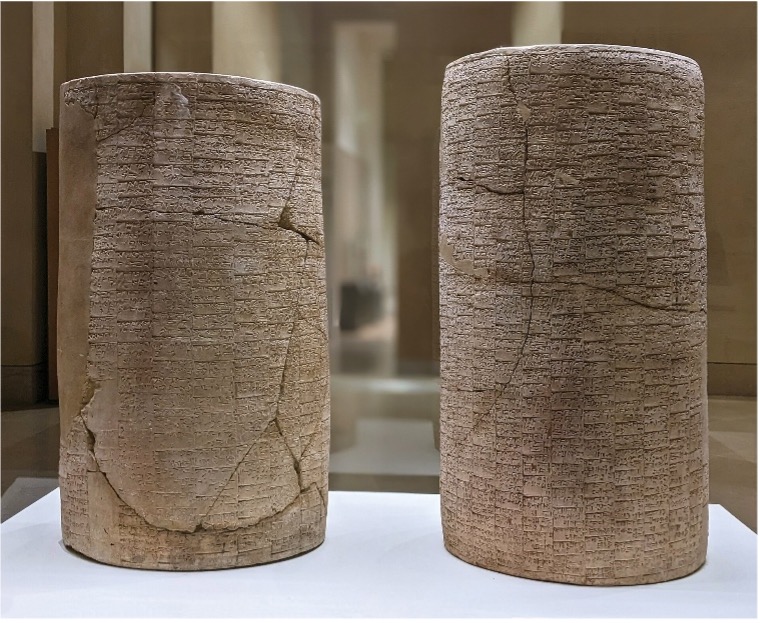Missing Link Found?

Digitalization makes big promises: less paperwork, less stress, more efficiency. But what about those processes that are still stuck in the Stone Age? Machines that don’t produce digital output? Handwritten records that must be typed up or scanned, only to sit untouched in some dusty PDF folder?
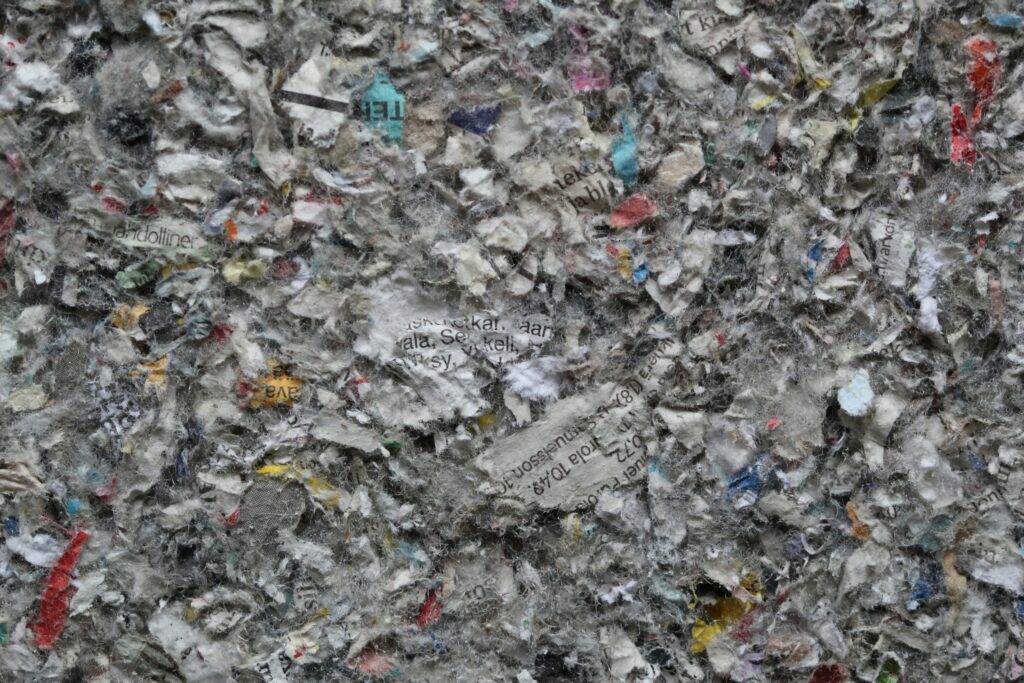
On many construction sites, the daily reality looks more like this: a pen, a scrap of paper, a sudden gust of wind—and the documentation’s gone. Or worse: it’s scanned, saved as a PDF, and celebrated as “digitalized,” while someone still has to type it into Excel manually.
Take a deep breath and replace everything from scratch? Not likely. Make do with half-baked fixes like scanned protocols? That mostly adds more work, more frustration—and not much else.
So everything stays the same: paperwork, redundant steps, and data that gets lost in the shuffle.
But really—shouldn’t there be a better way?
From Cave Paintings to Excel
A Brief History
Humans have always tried to preserve information. The oldest known construction documentation dates back to Mesopotamia, around 2100 BCE. The Sumerian ruler Gudea of Lagash documented on clay tablets where the materials for his temple came from—cedar from distant mountains, silver, gold. Basically, an ancient site diary—just in cuneiform, baked in clay.
And depending on the era, attempts at documentation were more or less successful:
Stone Age: Mammoths on cave walls—and maybe some Neolithic huts or tents.
Bronze Age: Building records on clay tablets—basically site logs and delivery slips, ancient edition.
Antiquity: Roman stone slabs—durable, but not exactly lightweight.
Middle Ages: Parchment—slow to produce and expensive, but at least portable.
Renaissance: Quill and ink—messy, and definitely not waterproof.
Industrial Age: Typewriters—faster, but woe betide the typo.
20th Century: Pen and paper—cheap and universal, but prone to coffee spills and mysterious disappearances.
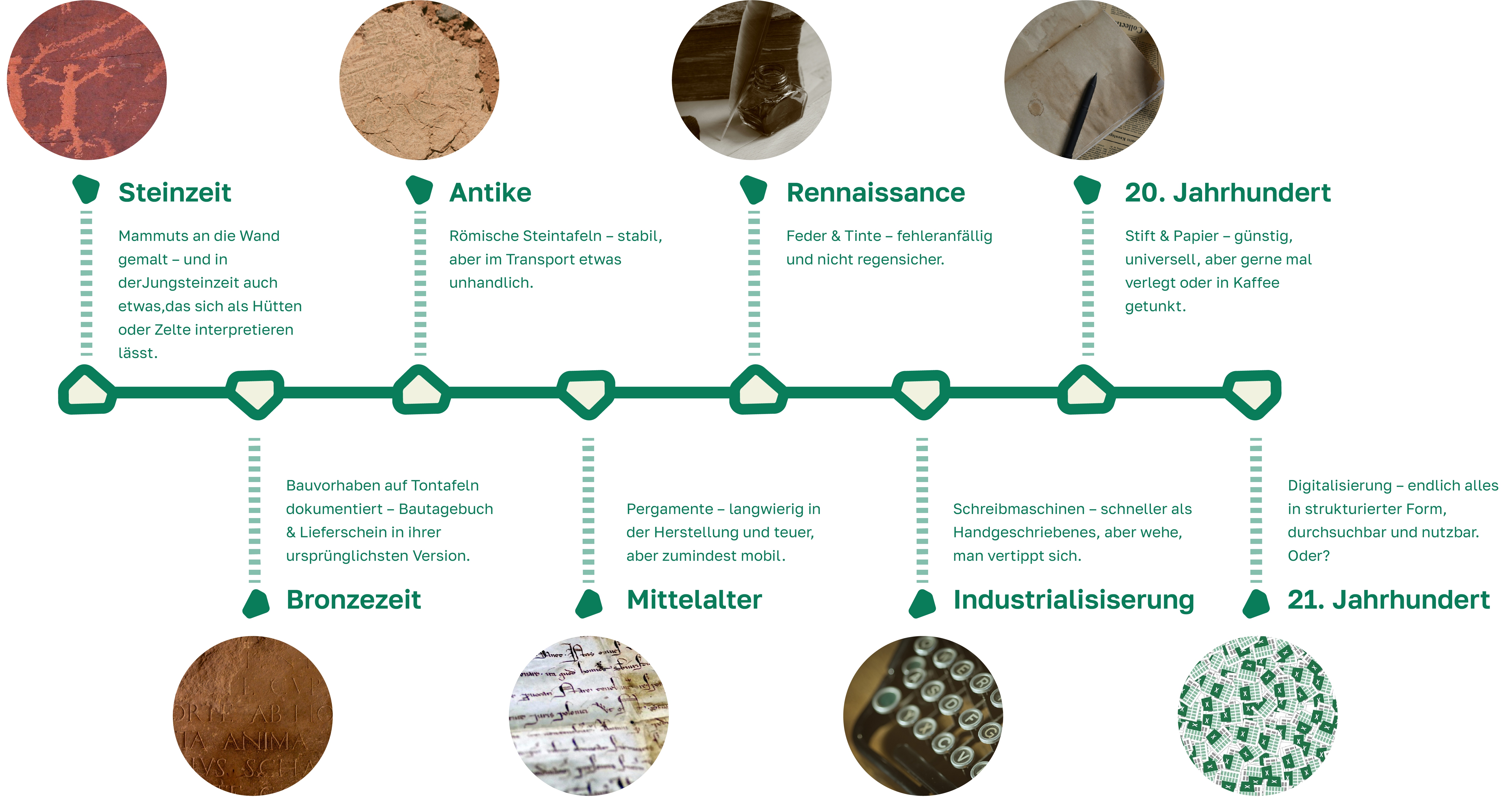
In reality, many companies still operate somewhere between the Middle Ages and the steam engine. Handwritten notes, printed tables, scanned records—none of it truly digital.
It’s wild how little documentation methods have changed in 4000 years. Even wilder, people still work with systems invented long before electricity. One depressing pattern runs through the ages: someone writes something down—someone else can’t find it.
Time to not just own 21st-century tools—but actually use them.

A Puzzle Left Unsolved Too Long
Digitalization is making huge strides on construction sites—if you’re equipped for it. If your machines have data ports, life is easy: one button, and the data flows into your system. But what about the countless processes that are still entirely analogue? Devices with no interface, but essential data?
“1920 called—it wants its workflow back!”
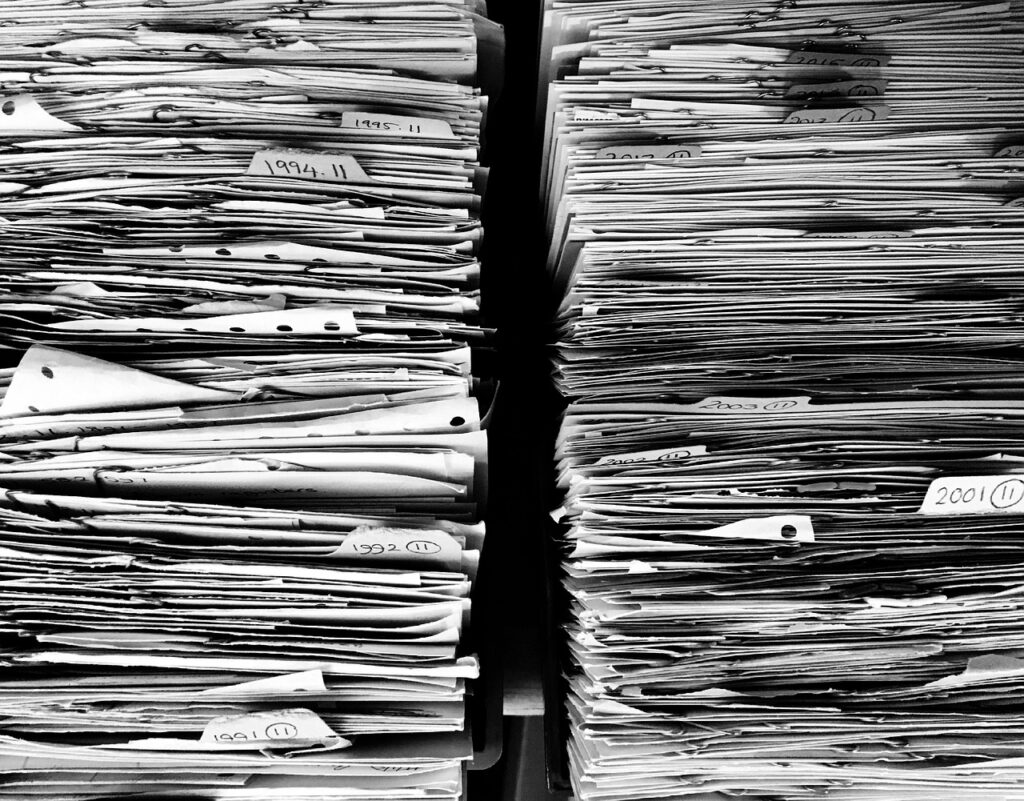
Until now, there was only one option:
Handwritten notes typed into Excel, missing data pieced together via phone calls, reports printed, signed, scanned, and emailed. Bureaucracy straight out of the Ice Age—and shockingly inefficient.
It’s like typing an email, printing it, faxing it, scanning it, and then emailing it. Sounds ridiculous? It happens every day.
The real problem isn’t paper. It’s the entire process—awkward, error-prone, and unnecessarily complicated.
„Es erweitert die Möglichkeiten, baubetriebliche Aspekte präzise abzubilden, auszuwerten, zu protokollieren und für die Abrechnung optimal aufzubereiten. Diese Funktion ermöglicht es uns, nicht nur die Effizienz unserer Abläufe zu steigern, sondern auch eine transparente und nachvollziehbare Dokumentation zu gewährleisten.“
Sewerin Sabew / HOCHTIEF
“No one wakes up thinking, ‘Can’t wait to copy protocols into Excel today!’”
But that’s exactly what’s still happening. Every. Single. Day.
Because until now, there hasn’t been a better option—or the tools that existed weren’t designed to be used intuitively.
Enter eguana ADD.
Let the ADDventure begin!
What if you could capture all that data right at the source—digitally, with no copying, no scanning, no media gap? That’s what ADD makes possible. It bridges the gap between reliable machines, handwritten notes, and real digital data management.
ADD lets everything that already works… keep working—just without the chaos. No new hardware. No steep learning curve. If you were fine with a clipboard, you’ll be fine with a tablet. Instead of typing things in later, you just record them digitally—right away. No missing notes, no back-of-the-envelope math. Just clarity.
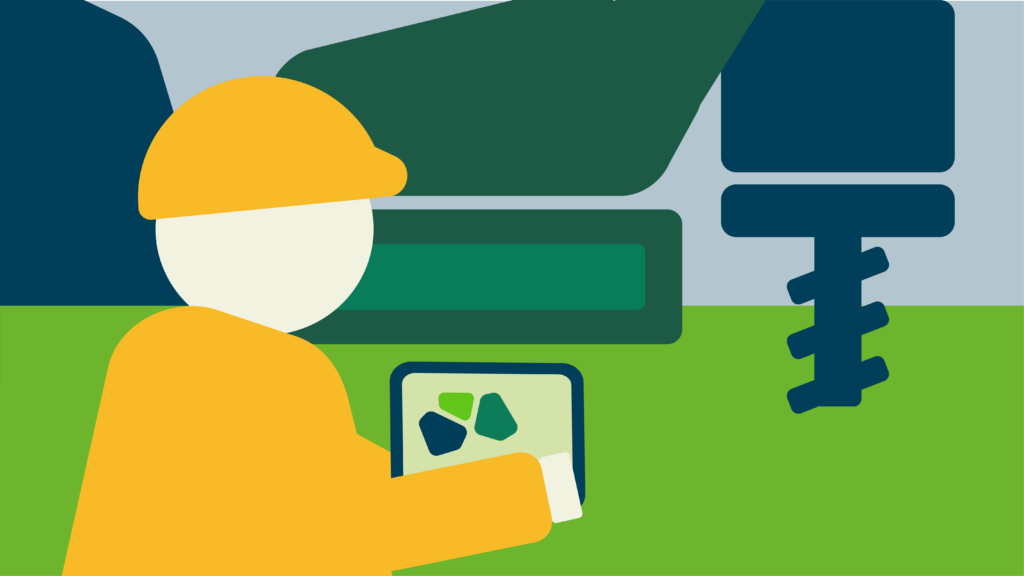
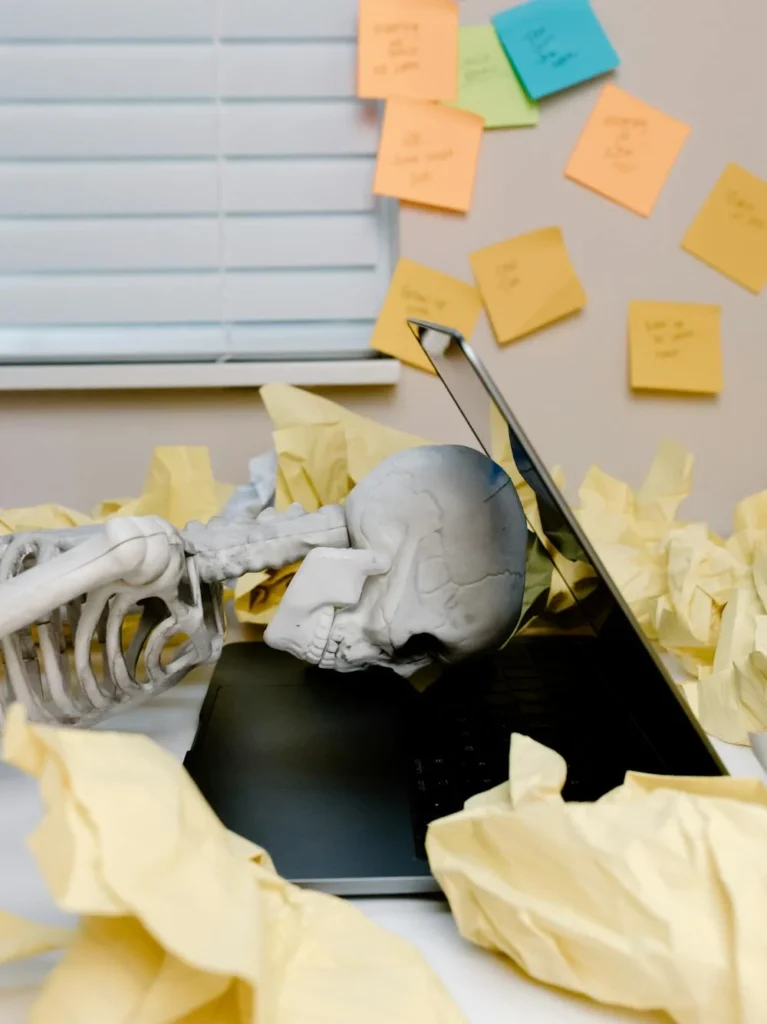
The big shift? There isn’t one. ADD is so simple, it basically explains itself.
If you could manage a notebook, you can manage this. Only now everything is immediately structured, saved, and accessible to whoever needs it. Better still: target values can be preloaded, so you only need to step in when something goes off track. Everything is linked, calculations are checked automatically—resulting in fewer errors, less typing, and way less stress.
And because it’s not just fast but also elegant, ADD doesn’t just create accurate reports—it generates clean, consistent, professional documents. Even geological logs get a glow-up: clean, standard-compliant, and far beyond what’s possible with a pencil and some scrap paper.
More quality, less effort? Absolutely.
Scanned ≠ Digital
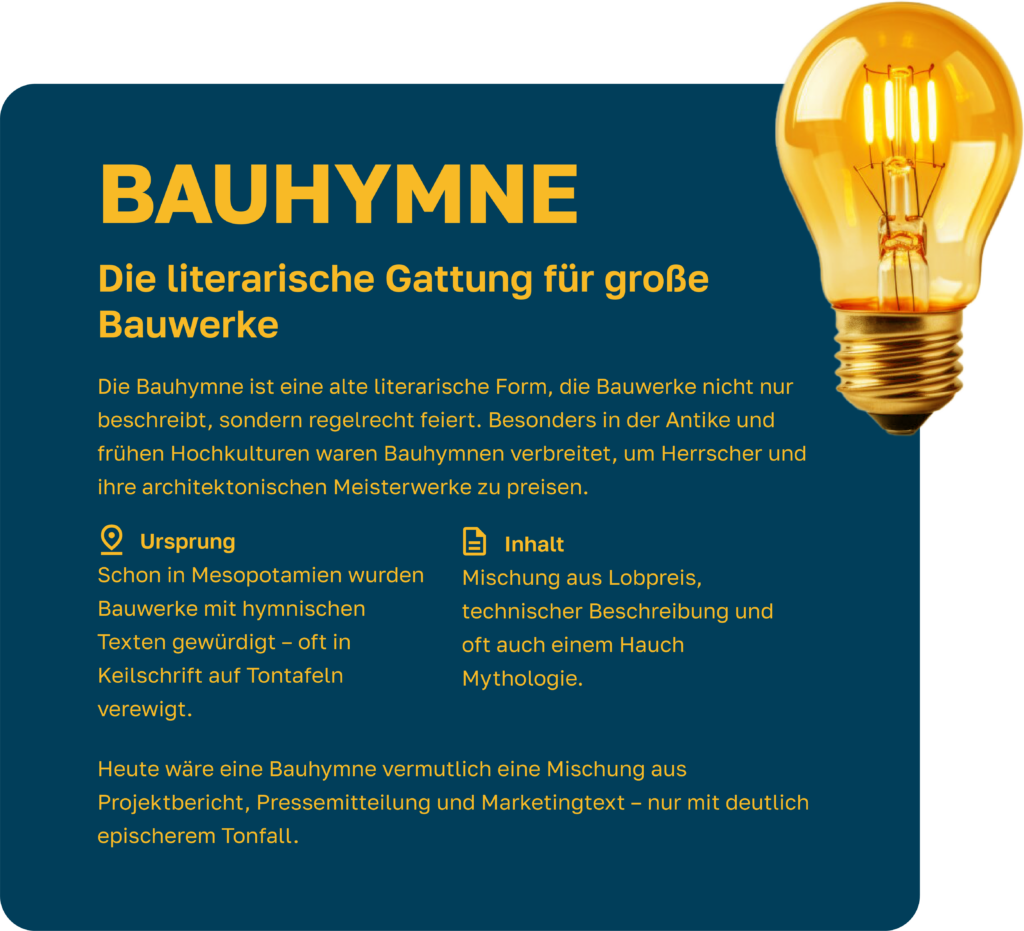
From cuneiform to clipboards, construction documentation has evolved—slowly. Many systems claim they “digitalize”. But scanning a handwritten note and saving it as a PDF? That’s not digitalization. It’s a digital photo of an analogue problem.
True digitalization means readable, structured, usable data. Data you can work with, search, analyze. And that’s what ADD delivers.
More Than Just Data – Real Value
Aber warum ist das überhaupt so wichtig? Ganz einfach: Eine lückenlose digitale Dokumentation reduziert nicht nur Fehler, sondern spart auch Zeit, Kosten und Nerven. Übertragungsfehler durch unleserliche Handschrift oder Zahlendreher gehören der Vergangenheit an, da die Daten direkt digital erfasst werden. Prozesse laufen schneller, weil die Informationen sofort dort verfügbar sind, wo sie gebraucht werden – ohne langwieriges Abtippen oder manuelles Weiterleiten. Gleichzeitig verbessert sich die Nachverfolgbarkeit, da keine losen Zettel mehr herumfliegen oder wichtige Notizen versehentlich verschwinden. Zudem sorgt die digitale Erfassung für mehr Klarheit: Leere Felder werfen keine Fragen mehr auf, und niemand muss sich mehr wundern, ob eine Angabe vergessen wurde oder schlichtweg nicht relevant war. Und das Beste daran? Mit ADD bleiben auch ältere Maschinen und analoge Prozesse Teil der digitalen Baustelle – ohne teure Neuanschaffungen oder aufwendige Umstellungen.
Why does it matter? Because fully digital documentation means fewer errors, less hassle, and lower costs. No more typos from unreadable handwriting. No more delays because data had to be retyped or resent. Info goes straight to where it’s needed.
It also improves traceability: no loose pages, no vanished notes. Digital fields make things clearer—no more wondering if something was missed or just irrelevant.
And the best part? ADD includes your older machines and analogue processes in the digital world—no costly upgrades or disruptive overhauls required.
Every good story has that one moment where everything finally falls into place. The treasure is found, the last piece clicks, the answer is clear.
On the construction site? That moment is when the paperwork disappears.
No data loss. No chaos. No compromises.
The missing link?
Doesn’t exist anymore.
It’s called ADD.


